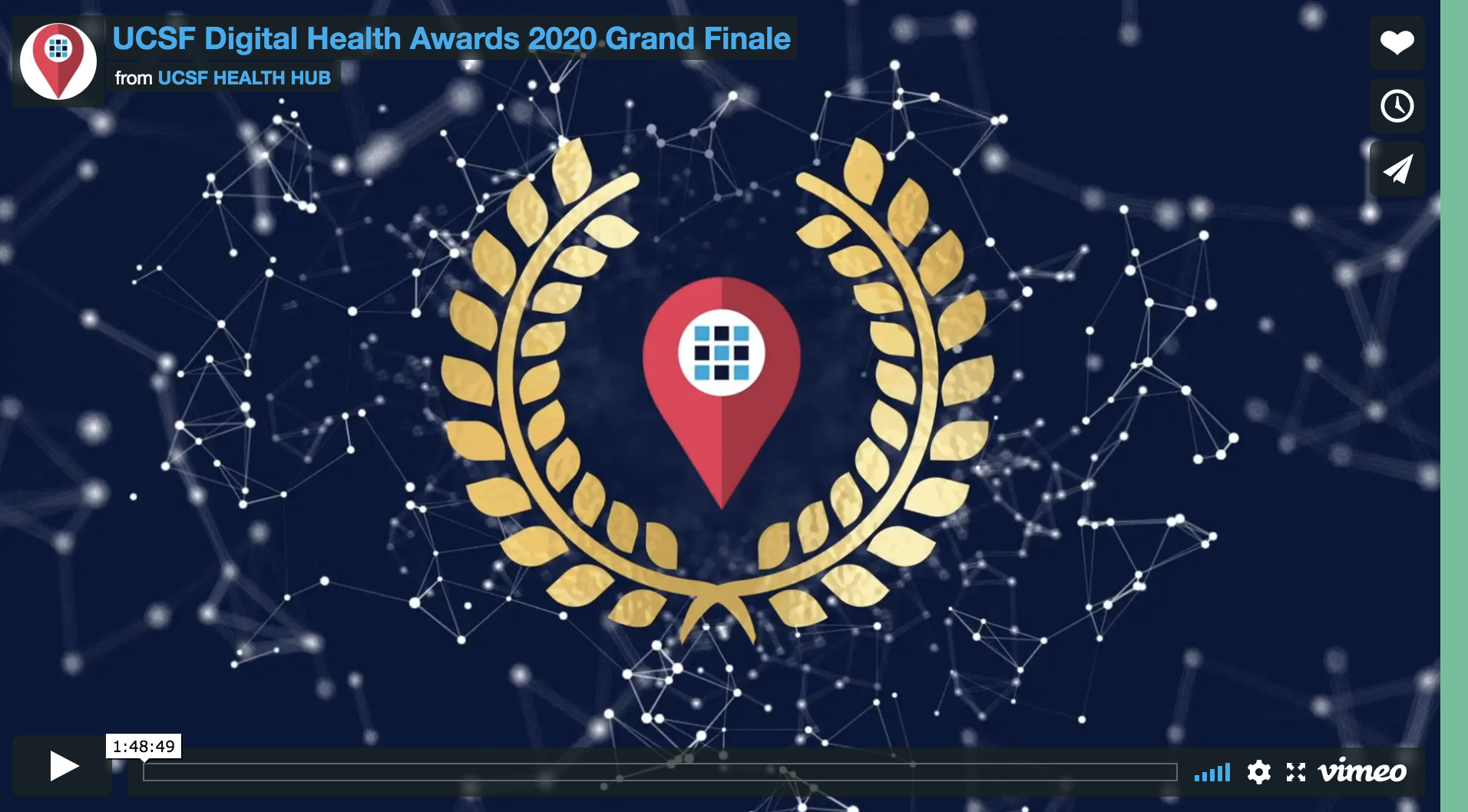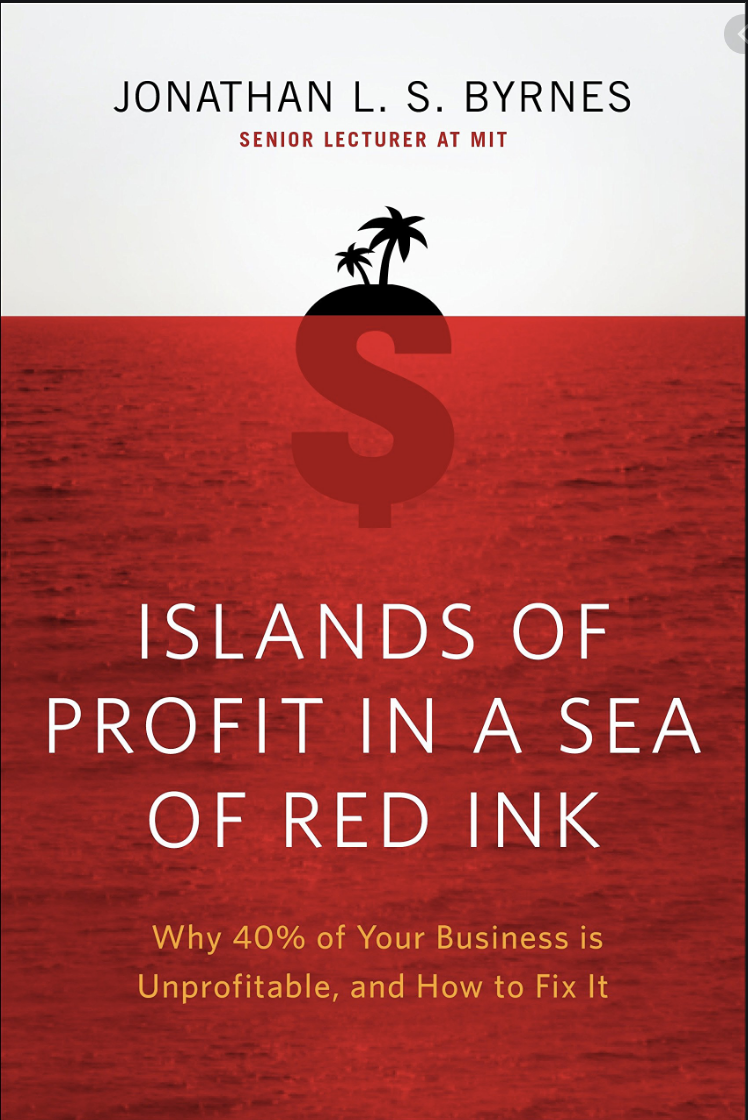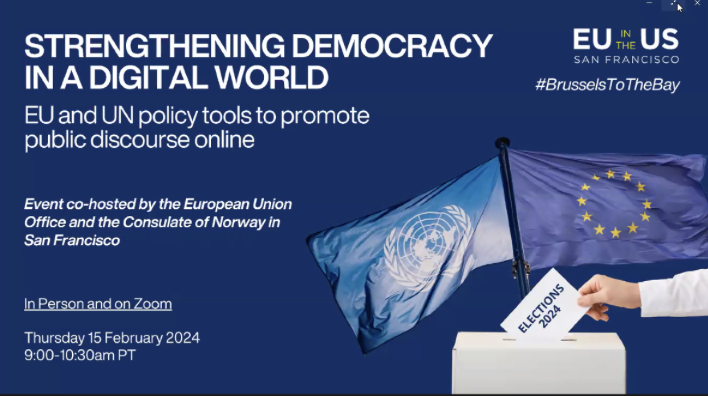
“We have a binary view – either ‘for’ or ‘against’ – this is very damaging for society or any debate.”
This provocative comment helped set the stage for a fascinating conversation on both offline and online behaviors and tendencies that affect human rights on an international basis.
******
Last week, I had the opportunity to attend “From Brussels to the Bay: the EU and the UN’s efforts to reinforce democracy online.” They covered the critical intersection between the online world and human rights. This local, San Francisco-based discussion, with a strong global perspective, was hosted by the “father” of the EU Digital Services Act (DSA), Gerard de Graaf Senior EU Envoy for Digital to the U.S., as well as the Norwegian Consul, and included thought-leader panelists, ranging from the UN High Commissioner for Human Rights, Volker Türk to the UC Berkeley Chancellor’s Public Scholar, David Evan Harris, among other distinguished panelists and guests. Together, they generated a lively conversation which touched on the role of dominant Silicon Valley companies (Google, Meta and others) influencing digital information exchange on global, and each of us, on the eve of the implementation of the Digital Services Act on Feb 17, 2024, two days after their event.
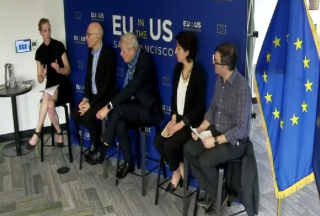
[In-person panelists, moderated by Alexis Wichowski (Professor of Professional Practice at Columbia University)(left), are listed below, and, from left to right are: Volker Türk (UN High Commissioner for Human Rights), Gerard de Graaf (Senior EU Envoy for Digital to the U.S.), Naomi Shiffman (Head of Data and Implementation at Meta Oversight Board) and David Evan Harris (UC Berkeley “Chancellor’s Public Scholar”)]
My takeaways from the discussion
- Human rights norms exist for tech and social media. Private companies have operated in relatively unregulated environments when it comes to these realms.
- Upcoming elections in 70 countries this year must safeguard fundamental rights and promote civic discourse.
- Human rights starts offline, with nearly 50% of countries being autocracies or with autocracy elements. Further, the way information flows, including hate speech, has been accelerated with online tools. Ideally, in both digital and off-line realms, dialogue and nuanced consideration of opposing views would be the norm vs a “black” or “white” view of politics.
- We need to demonstrate the value of democracies and ensure that democratic values guide corporate behavior. The panelists conclude that this requires regulation, such as what is happening in Europe.
- Silicon Valley companies (Alphabet (Google) Amazon, Apple, Meta, Microsoft) represent a culture of rapid innovation, which has spawned rapid growth, but, at the same time clashes with public interest of safety and moderation. (There is a culture of “moving fast and breaking things.”) Many platform models optimize engagement, at the expense of providing people with the full range of information they need to make complex decisions based on nuanced information that also is confirmed to be factually correct. Human rights norms exist for tech and social media. Private companies have operated in relatively unregulated environments when it comes to these realms.
- The discussion of regulation started 5 years ago with the advent of social media and has been reinvigorated by the introduction of generative AI. AI’s impact, including deep fakes, requires better training and transparency in language models. There is massive concern of the destructive impact of AI on the 2024 elections.
- Today, the EU’s regulatory framework is a part of many conversations regarding AI in the US. The Digital Services Act (DSA) enforcement, which began on February 17, 2024, emphasizes regulation without stifling free speech, often a concern among Americans.
Event Background
Hosted at the new EU Office for the west coast, located on Market Street in San Francisco, CA.
- Event Hosts:
- Gerard de Graaf (Senior EU Envoy for Digital to the U.S.), and Joanna Smolinska (Deputy Head of EU Office in SF)
- Gry Rabe Henriksen (Consul General of Norway to SF),
- Event Panelists:
- Volker Türk (UN High Commissioner for Human Rights)
- Prabhat Agarwal (Head of Unit DSA, European Commission, DG CNECT),
- Naomi Shiffman (Head of Data and Implementation at Meta Oversight Board)
- David Evan Harris (Chancellor’s Public Scholar at UC Berkeley).
- Tormod C. Endresen, the new Permanent Representative of the Republic of Norway to the United Nations Office at Geneva
- Gerard de Graaf (Senior EU Envoy for Digital to the U.S.)
- The discussed was moderated by Alexis Wichowski (Professor of Professional Practice at Columbia University)
- Audience members/guests
- The event attracted an international audience, fostering discussions on the intersection of technology, ethics, society, and economics, among other factors.
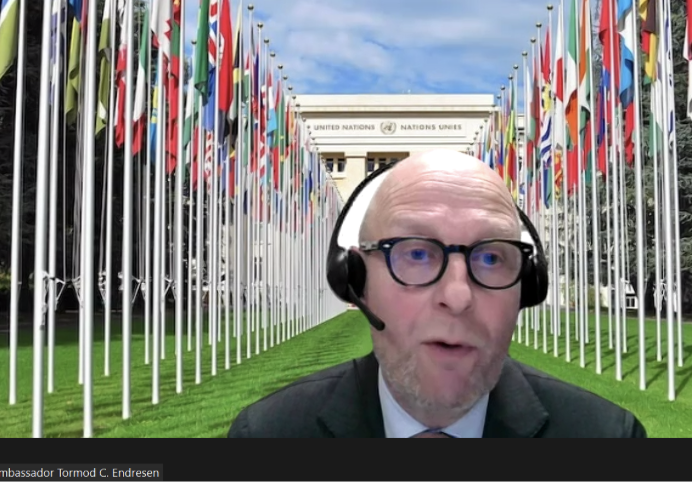
[Online panelists (left) Tormod C. Endresen, the new Permanent Representative of the Republic of Norway to the United Nations Office at Geneva.]

[Online panelist (right) Prabhat Agarwal (Head of Unit DSA, European Commission, DG CNECT)]

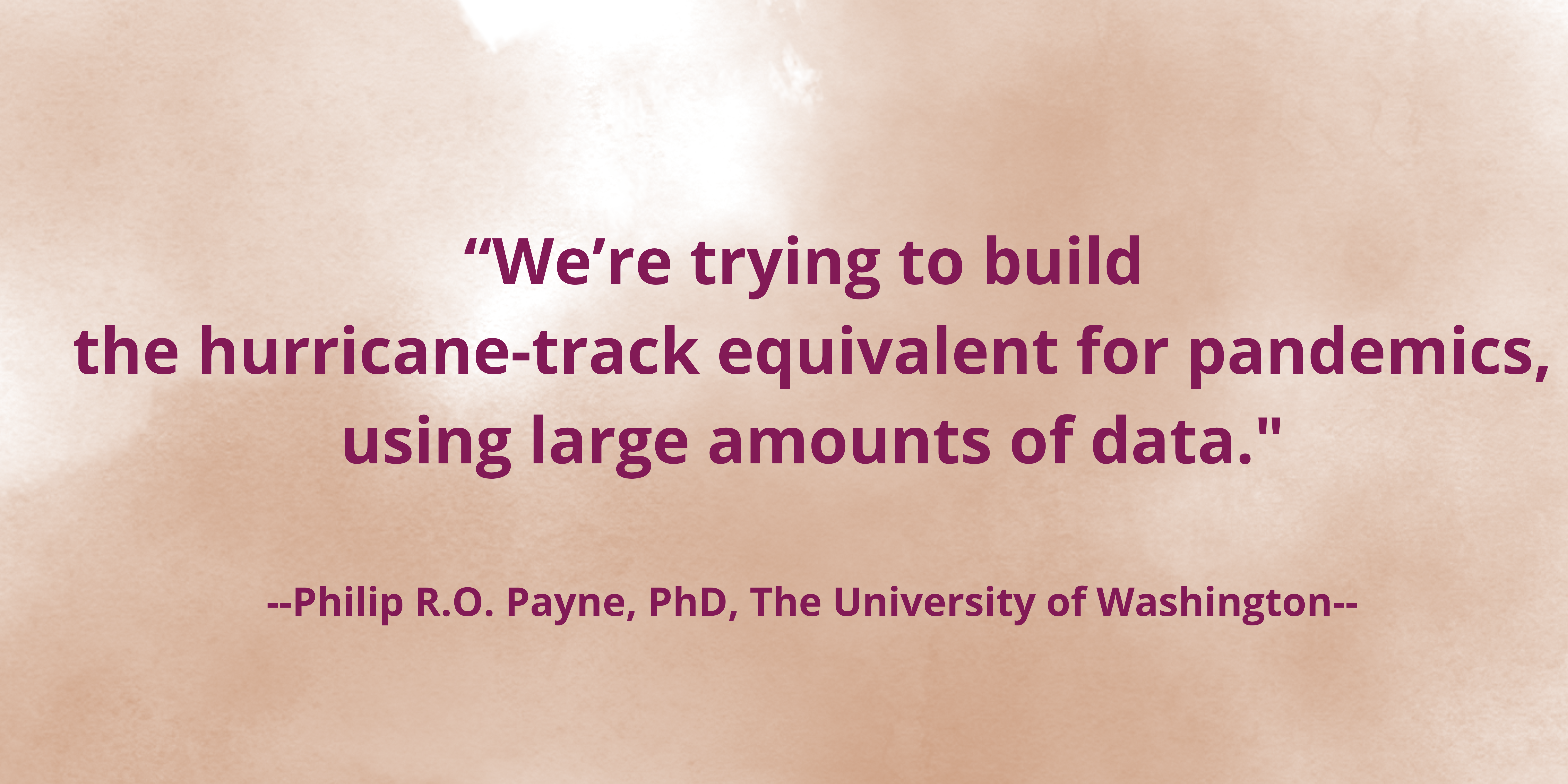


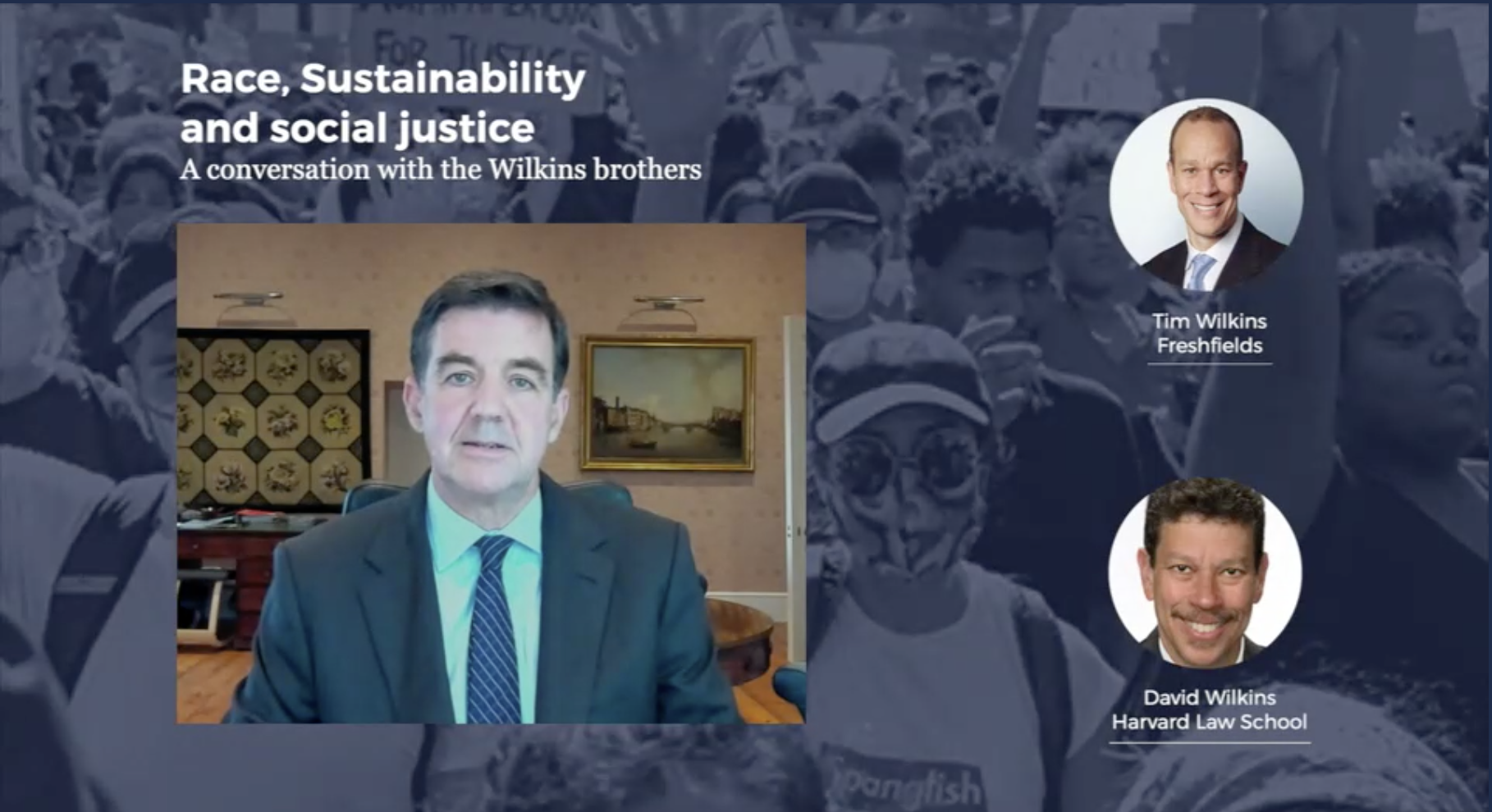 [Photo above: Left, Edward Braham, Senior Partner at Freshfields Bruckhaus Deringer introduced the speakers and provided the framework for the dialogue]
[Photo above: Left, Edward Braham, Senior Partner at Freshfields Bruckhaus Deringer introduced the speakers and provided the framework for the dialogue]

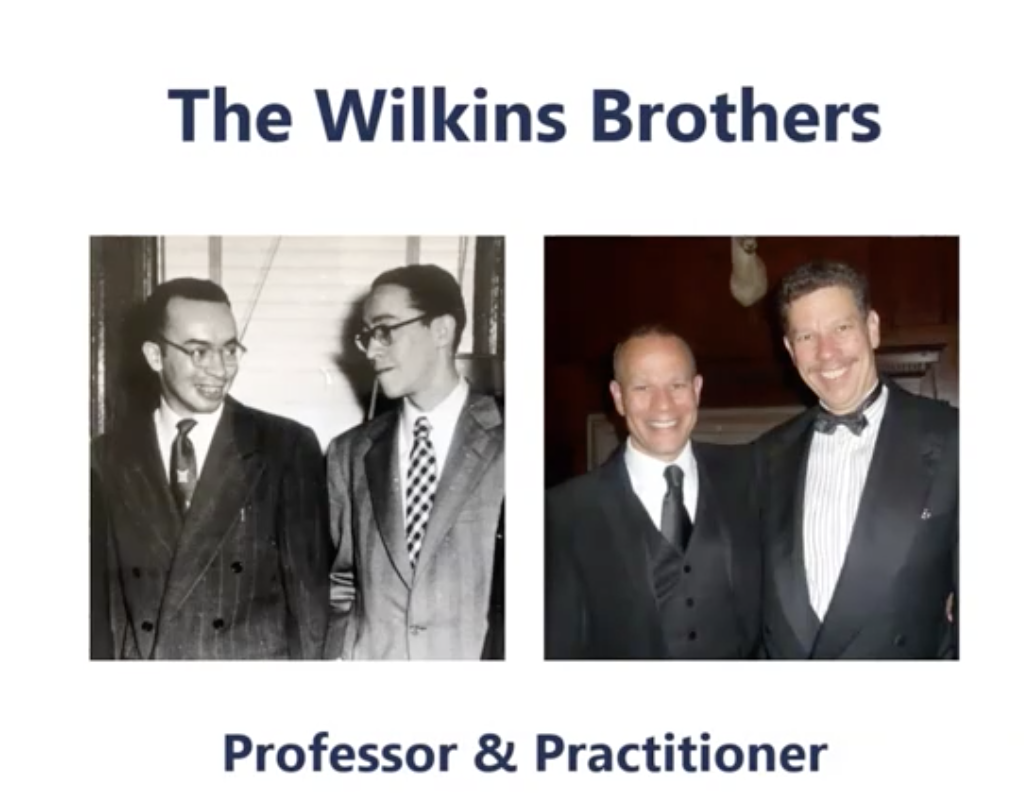
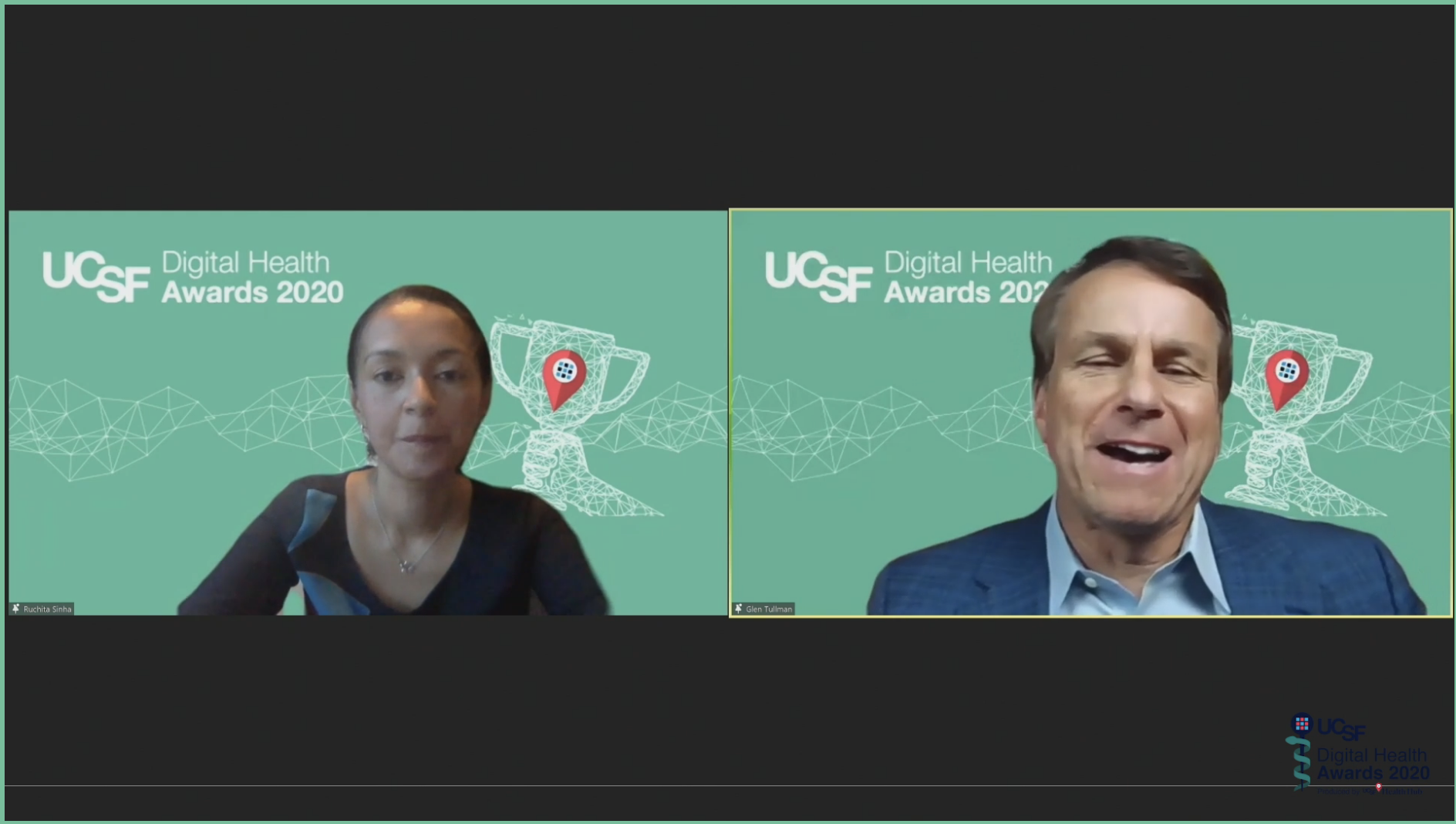 [Left, Richit Sihnha, Partner, AV8 Ventures. Right, Glen Tullman Executive Chairman, Livongo. http://bit.ly/DigtalHealthAI]
[Left, Richit Sihnha, Partner, AV8 Ventures. Right, Glen Tullman Executive Chairman, Livongo. http://bit.ly/DigtalHealthAI]
